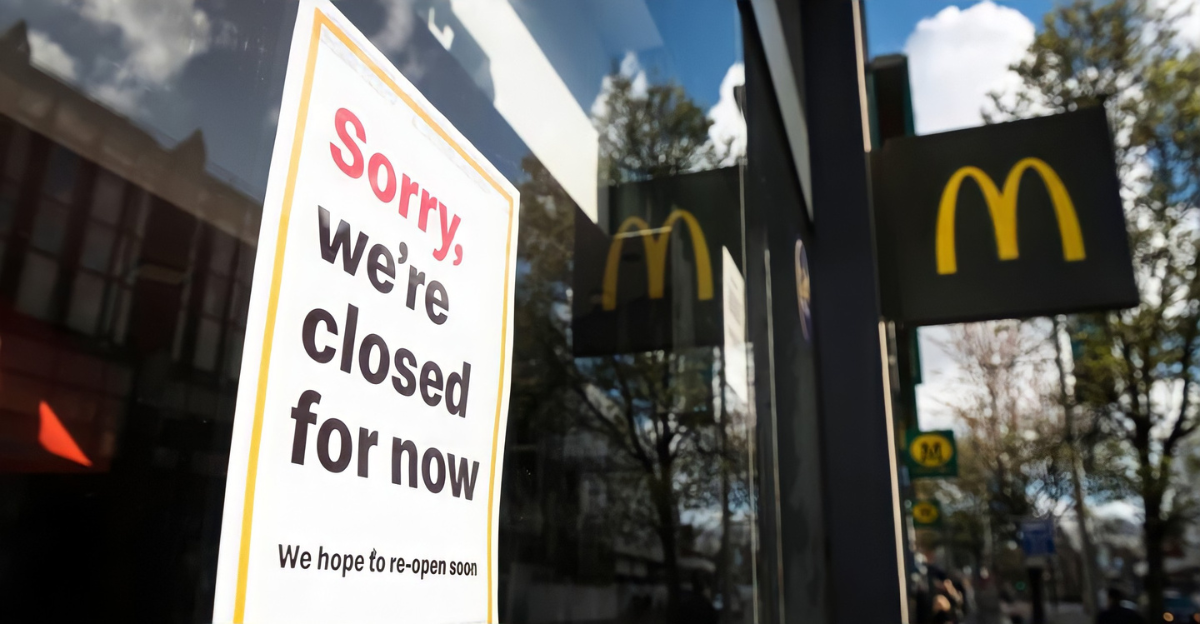
The week-long McDonald’s boycott wasn’t just about skipping fast food. It marked a turning point in how Americans push back against big business. Backed by hundreds of thousands online, the protest cost McDonald’s an estimated $6 million and opened the door to bigger questions about fairness, pricing, labor, and corporate power. What happened during that one week is just the beginning. To understand where this is heading, we must look deeper at the movement’s roots and the ripple effects already unfolding.
What Drove the Boycott?

The People’s Union USA laid out a clear list of complaints. They accused McDonald’s of raising prices too high, getting unfair tax breaks, suppressing worker rights, and backing away from diversity and equity efforts. The group called the boycott a push for “people-powered change.” They believed that when enough people acted together, they could challenge powerful systems, and force real change in how companies treated their workers and customers.
Why DEI Cuts Stirred Up So Much Outrage

In January this year, McDonald’s made big changes to its DEI policies. It scrapped leadership diversity goals, dropped supplier diversity requirements, and renamed its DEI team. This followed federal rollbacks under Trump and a Supreme Court ruling. But critics weren’t buying the explanation. They saw it as caving to political pressure. Boycott leaders called it performative and accused the company of backing politicians who undercut equity efforts. That became one of the movement’s strongest rallying points.
How the Boycott Was Carried Out

The boycott called on people to completely avoid McDonald’s, not just skipping in-person visits but also canceling online orders. Organizers wanted the blackout to be total, visible, and sustained for the full week. It was part of what they called an “economic blackout” strategy. According to TODAY.com, the goal was to show strength in numbers and pressure McDonald’s to respond to concerns about fairness, pricing, labor conditions, and corporate responsibility.
The Founder Behind the Blackout Movement
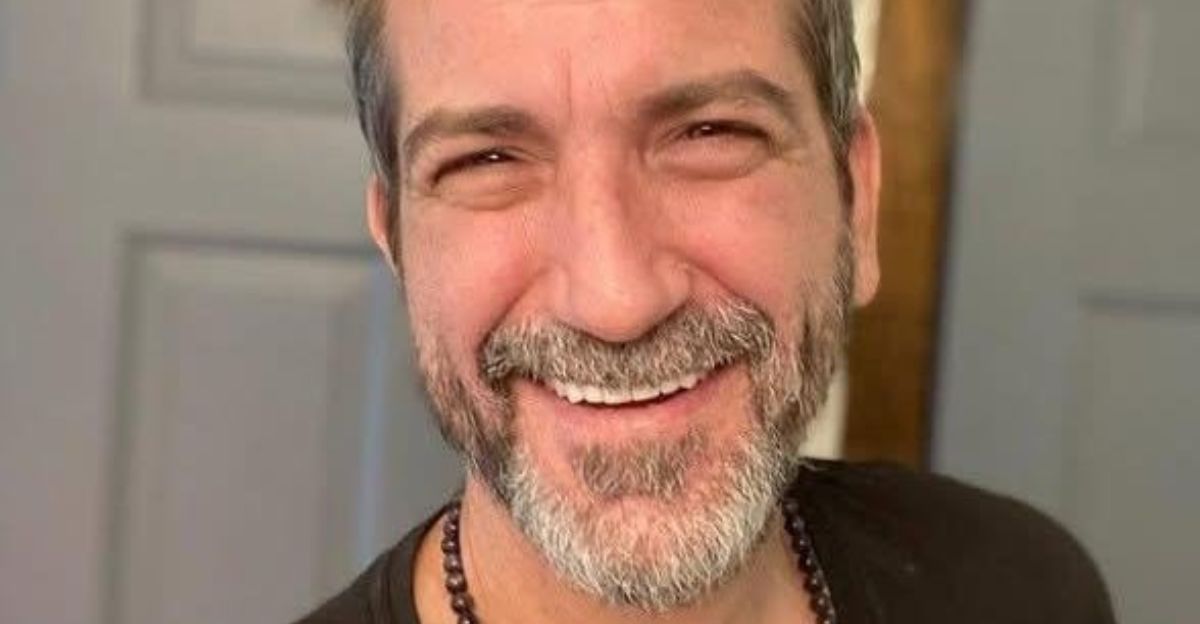
John Schwarz, founder of The People’s Union USA, isn’t new to these fights. Since February 2025, he’s led boycott campaigns against big names like Walmart, Amazon, and Target. His message is clear: big companies should answer to everyday people, not just shareholders. With a focus on labor rights, tax fairness, and inclusion, Schwarz uses social media to rally support fast. McDonald’s became a major target after DEI rollbacks sparked public backlash earlier this year.
McDonald’s Hit at the Worst Possible Time
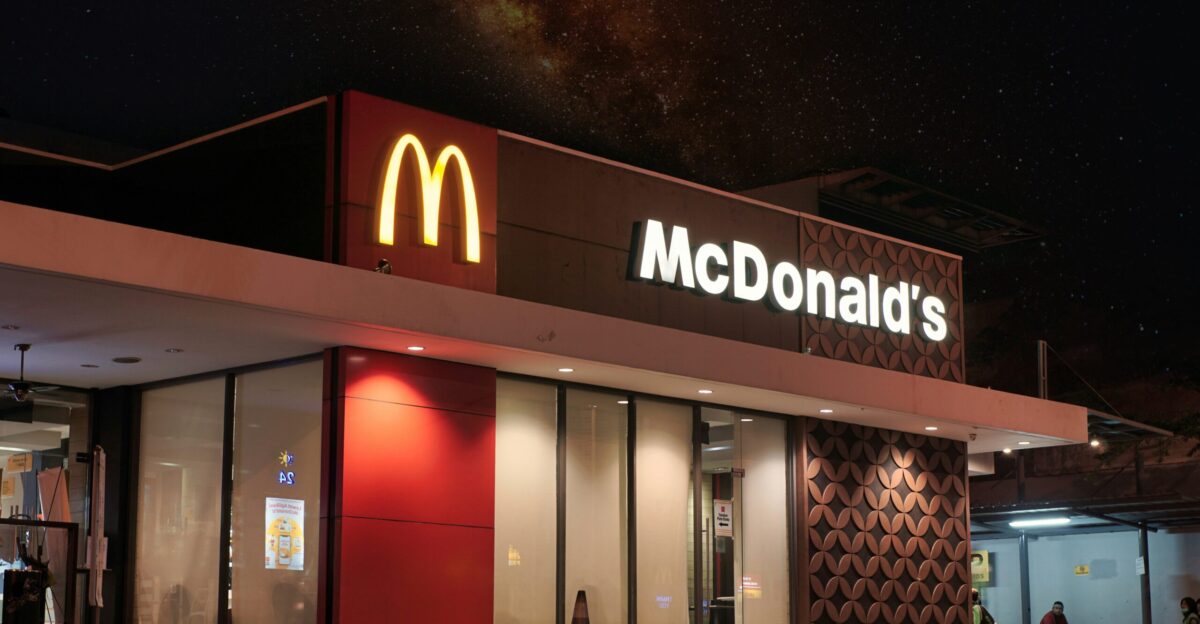
McDonald’s was already having a rough year when the boycott hit. Same-store sales in the U.S. dropped 3.6% in the first quarter of 2025, its worst performance since COVID. Revenue was also down, falling 3% from the year before. The company blamed a tough economy and nervous shoppers. But those same shoppers were now leading a coordinated campaign. With profits already slipping, any added pressure could make recovery even harder going forward.
Inflation Made Skipping McDonald’s Easier
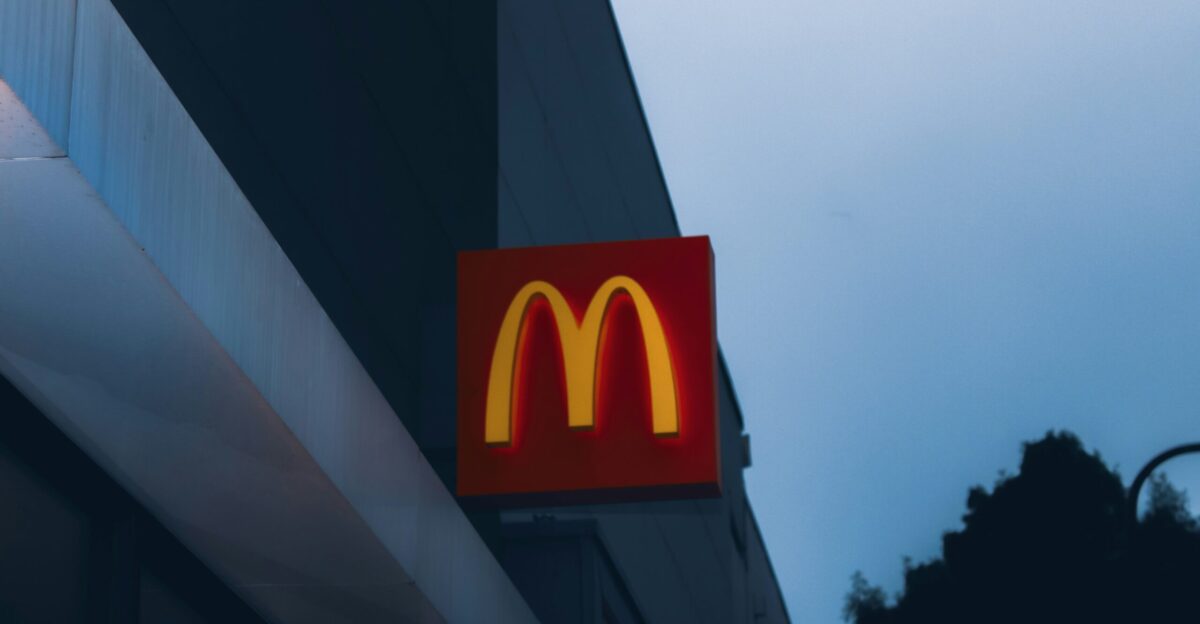
Low-income customers, McDonald’s most loyal base, were already cutting back before the boycott. Rising prices and economic stress made fast food feel like a luxury. Families earning under $45,000 were especially affected. Many had already started eating at home more. So when organizers called for a one-week blackout, a lot of people were ready. The economic climate made it easy to say no to McDonald’s, especially for customers already feeling priced out.
Franchise Owners Took the Hardest Hit

Roughly 93% of U.S. McDonald’s stores are independently owned. When customer traffic dropped during the boycott, these local owners took the brunt of the impact. Many were already stretched thin by inflation, rising wages, and corporate fees. Now they faced hard choices, like reducing staff hours or tightening operations. Several spoke out, saying they’re caught in a no-win situation: trying to support employees while watching profits shrink fast.
The Boycott Fits Into a Bigger Protest Tour
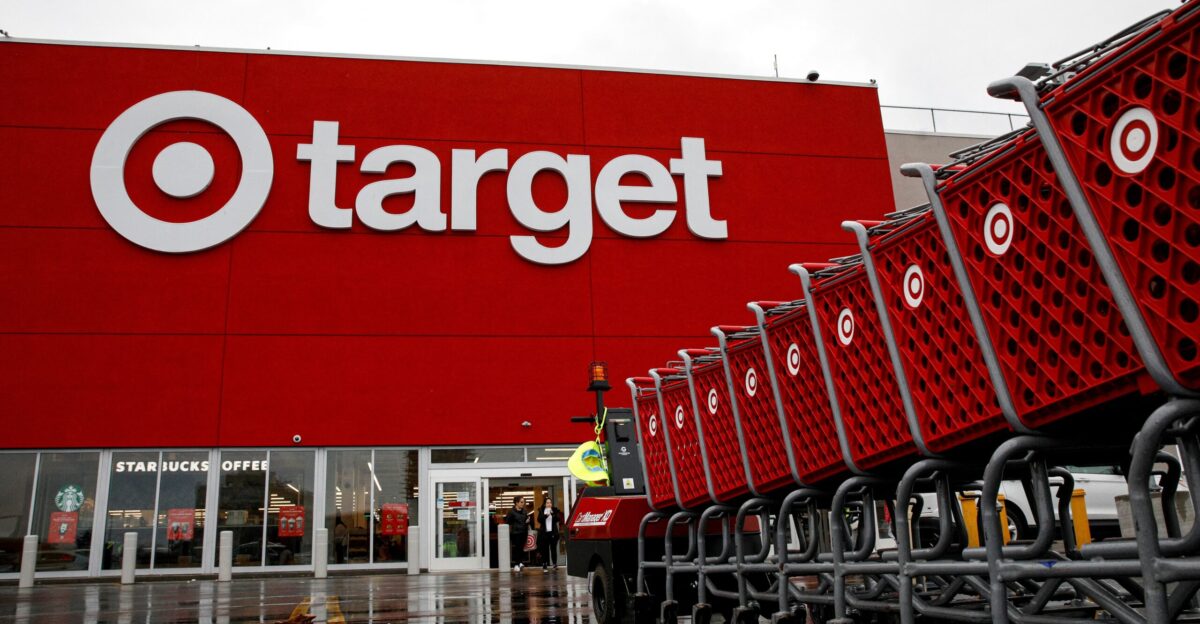
The McDonald’s boycott was one stop on a longer campaign. The People’s Union USA has been rolling out boycotts all year: Amazon in March, Walmart in April and May, Target in June, and more to come. Not every protest hit hard; Amazon barely felt it, but others, like Target, reported real losses. This new wave of consumer activism is built to last. And if more shoppers get involved, these boycotts could start reshaping business strategies.
What McDonald’s Says in Its Defense
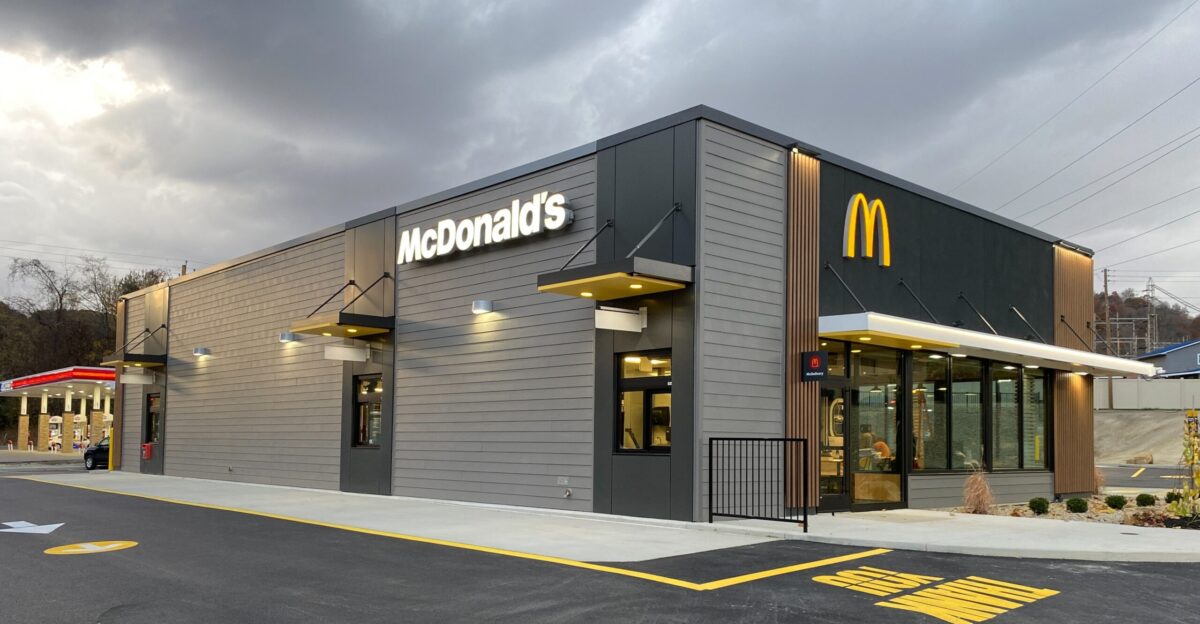
According to TODAY.com, McDonald’s said the boycott misrepresented its values. In a public statement, the company stated it welcomed everyone and remained committed to inclusion. It highlighted that it employed over 800,000 restaurant workers and partnered with thousands of local suppliers. McDonald’s also pointed to its economic contributions, saying it paid billions in taxes and created real opportunities in communities. However, the company made no policy changes in direct response to the protest.
Why This Fight Isn’t Just About One Brand
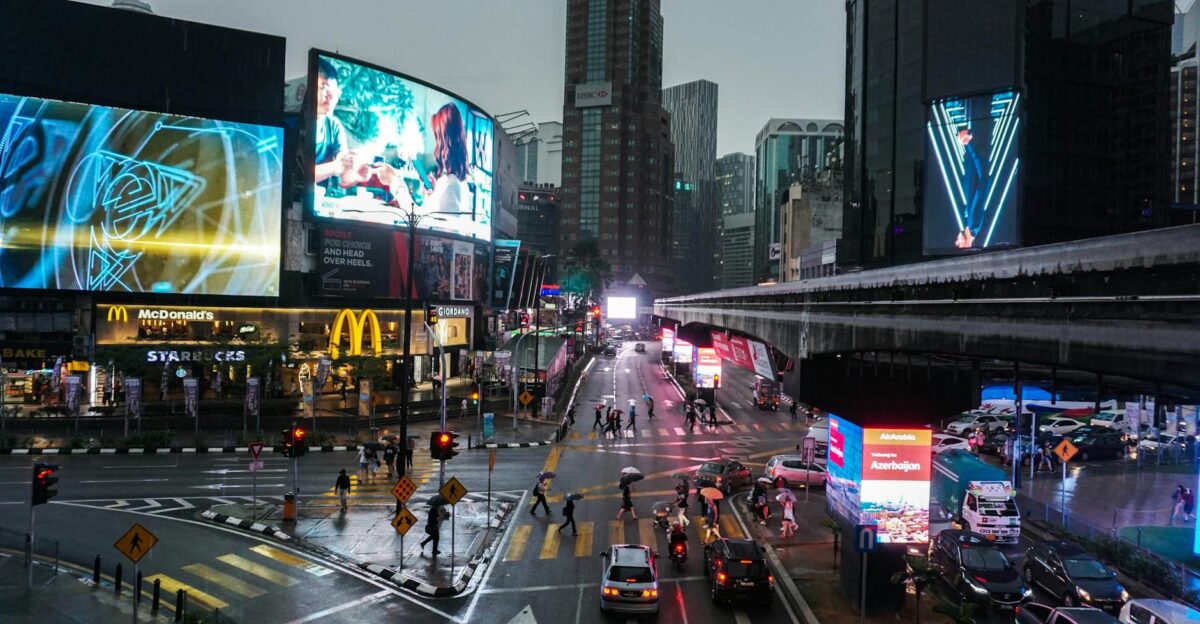
McDonald’s might be the focus now, but this protest signals something bigger. Boycotts like this show that consumers are no longer just shopping; they’re watching. People want companies to reflect their values. And if they don’t, they’ll walk away. In today’s market, brand loyalty has to be earned. That puts pressure on companies to rethink how they operate, not just what they sell. It’s no longer just about food; it’s about trust.
Financial Markets Are Paying Attention Too
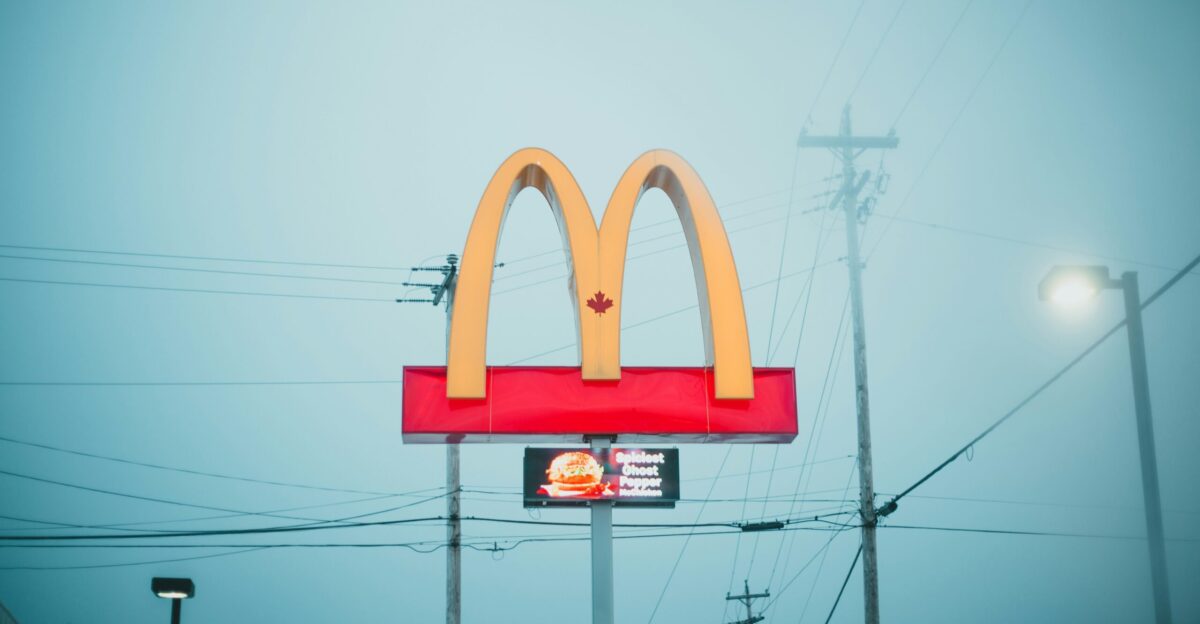
Protests used to come and go. But now, they’re starting to affect how companies are valued. Investors are watching boycott movements closely, and some experts say they’re starting to price in the risks. If a brand is seen as out of touch or vulnerable to backlash, its stock might suffer. McDonald’s isn’t just facing public anger; it’s also dealing with investor nerves. And that could shape how companies respond in the future.
A Closer Look at Tax Criticism
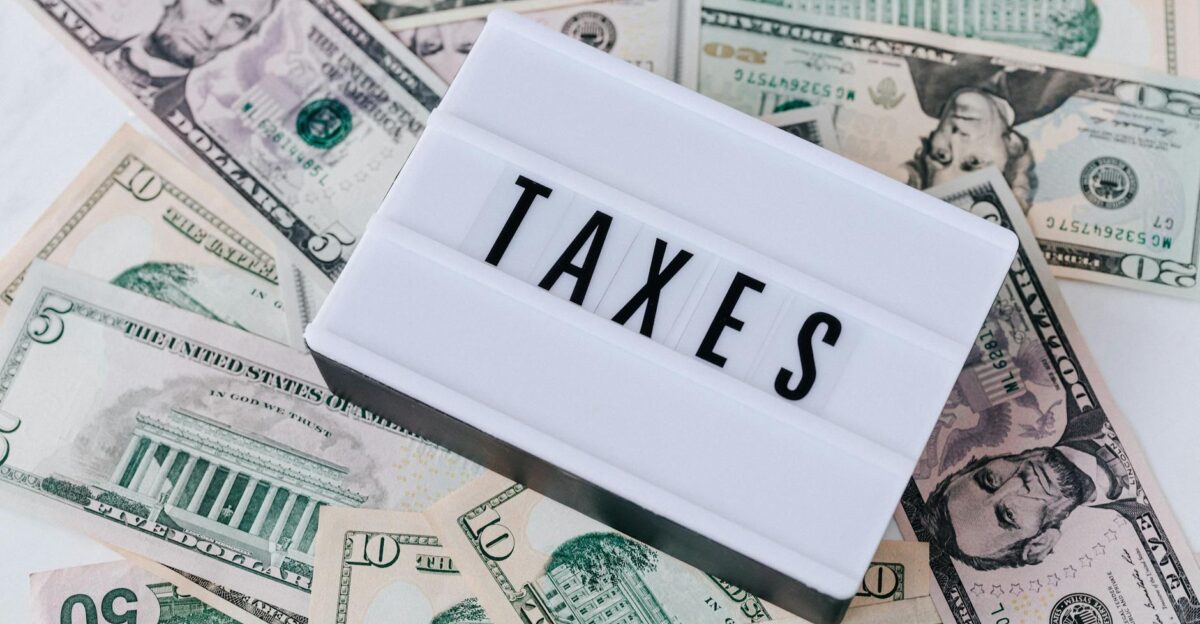
One of the biggest complaints was how McDonald’s handles its taxes. Investigations have found the company uses offshore setups and complex loopholes to lower its tax bill. Activists argue this kind of system hurts working-class people and drains public services. They say that while customers pay more, the company pays less. That contrast helped fuel the outrage, making it one of the protest’s strongest talking points during the June blackout week.
Why the Price Gouging Claim Got Traction

Another reason for the backlash? Rising prices. Some customers said their favorite meals now cost way more than they did just a few years ago. Organizers accused McDonald’s of price gouging, pointing out the company had record profits even as prices went up. For many, it felt unfair. They saw it as a company profiting while workers and families struggled. That frustration helped drive support for the boycott, especially online.
Workers Say They’re Still Not Being Heard

Even before the protest, McDonald’s workers had raised concerns about low pay and poor treatment. Many are part-time, with limited benefits. Union organizers say the company uses its franchise model to avoid responsibility. During the boycott, some employees spoke out in support, saying they hoped the protest would spark change. But others feared cuts if sales kept falling. This tension shows just how divided things are inside many locations.
A Business Model That Shifts the Risk

McDonald’s franchise system is designed to expand fast and keep corporate costs low. But during a protest, that setup becomes a liability for store owners. Corporate still collects rent and fees, even when business slows down. During the June boycott, many franchisees felt abandoned, left to deal with local backlash while McDonald’s headquarters stayed quiet. It exposed a tough reality: the model protects the brand, not always the people running the stores.
More Boycotts Are Already on the Way

The McDonald’s blackout was just one stop on a longer tour. The People’s Union USA plans to keep going through the rest of 2025. More big brands are on the list. Organizers say they want companies to stop using diversity as a PR tool, start paying fair wages, and stop dodging taxes. These aren’t small demands, and if even one campaign causes lasting damage, others might follow.
Consumers Are No Longer Looking the Other Way

More shoppers are thinking about how their money is used. That means companies can’t rely on marketing alone, they have to earn trust. From pricing to politics, people want real answers. And when they don’t get them, they act. The McDonald’s boycott may not have broken the company, but it showed just how quickly a brand can lose goodwill when it loses touch with its customers.
The Message Is Clear: People Want Change

Whether or not you skipped McDonald’s that week, the bigger story is hard to ignore. People are tired of feeling like companies only care when profits drop. The protest movement isn’t about canceling brands, it’s about fixing them. And if businesses don’t start listening, more boycotts are coming. McDonald’s just got a wake-up call. Other corporations should be paying close attention to what happens next.